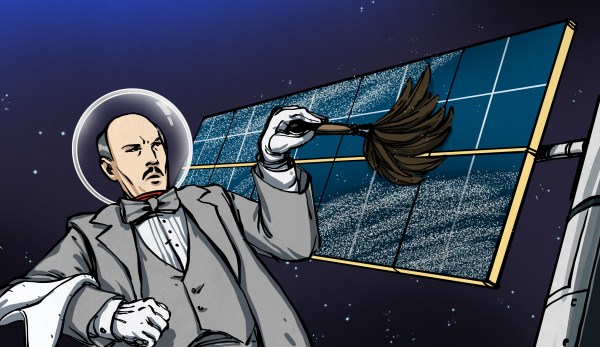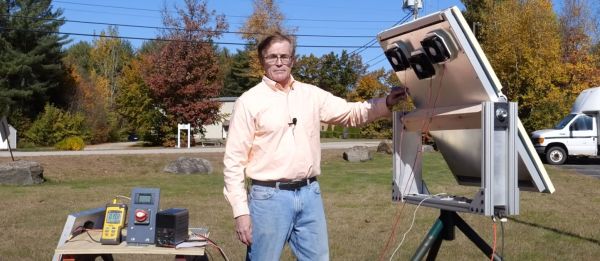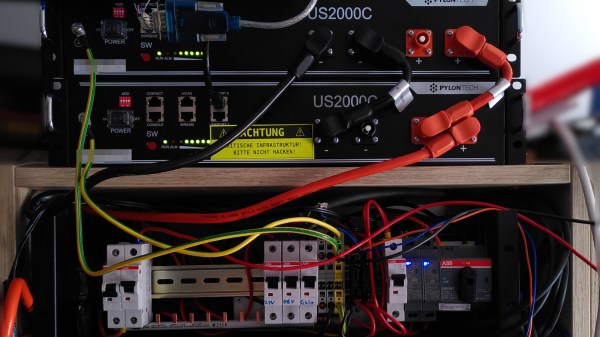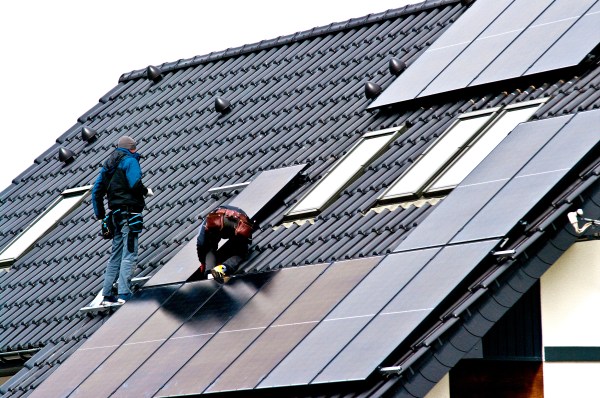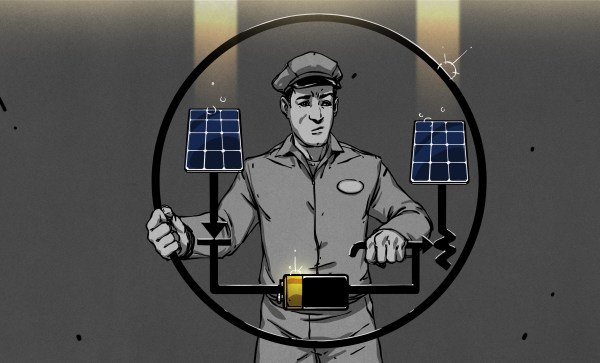Shade is the mortal enemy of solar panels; even a little shade can cause a disproportionate drop in power output. [Alex Beale] reviewed a “revolutionary” shade-tolerant panel by Renology in a video embedded below. The results are fascinating.
While shading large portions of the panels using cardboard to cut off rows of cells, or columns of cells, the shade tolerant panel does very well compared to the standard panel– but when natural, uneven shading is applied to the panel, very little difference is seen between the standard and active panels in [Alex]’s test. We suspect there must be some active components to keep power flowing around shaded cells in the Renology panel, allowing it to perform well in the cardboard tests. When the whole panel is partially shaded, there’s no routing around it, and it performs normally.
It’s hard to see a real-world case that would justify the extra cost, since most shading doesn’t come with perfect straight-line cutoffs. Especially considering the added cost for this “shade tolerant” technology (roughly double normal panels).
You might see a better boost by cooling your solar panels. Of course you can’t forget to optimize the output with MPPT. It’s possible that a better MPPT setup might have let the Renology panel shine in this video, but we’re not certain. Whatever panels you’re using, though, don’t forget to keep them clean.
Continue reading “Casting Shade On “Shade-Tolerant” Solar Panels”


